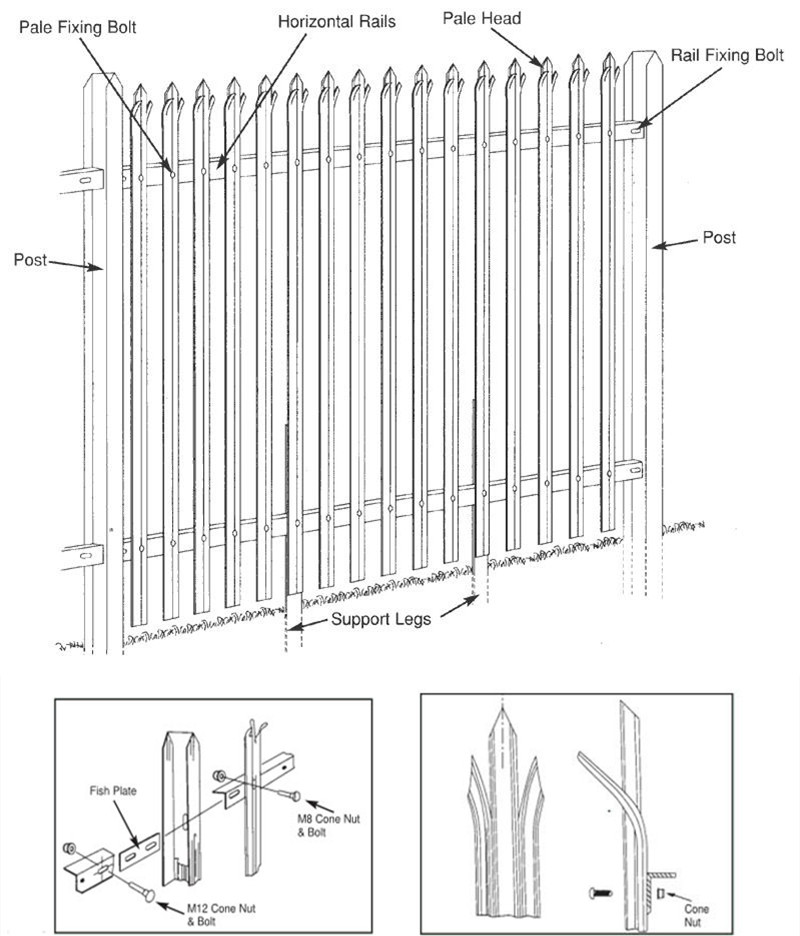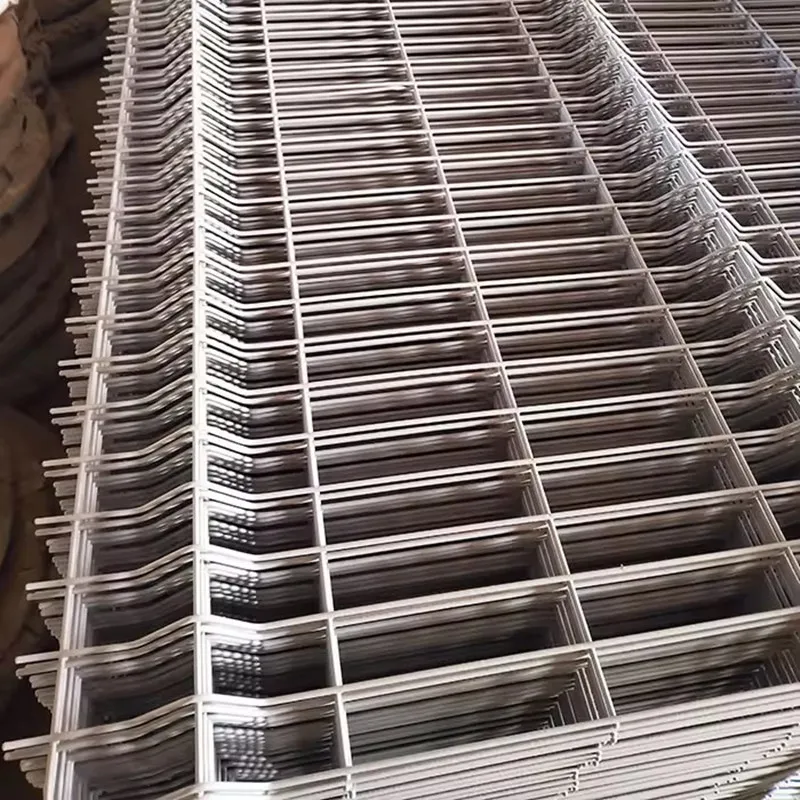Jan . 06, 2025 11:09 Back to list
scaffolding systems
Scaffolding systems are crucial in the construction industry, providing essential support and access to work at heights. As an experienced industry expert, I have witnessed firsthand the evolution and advancement of scaffolding systems and their operational impact. The choice of scaffolding can significantly influence the safety, efficiency, and cost-effectiveness of a construction project, underscoring the importance of selecting the right system tailored to specific project needs.

Scaffolding systems come in various forms, each designed to address distinct challenges encountered on construction sites. Frame scaffolding is one of the most commonly used systems, known for its straightforward assembly and versatility. Suitable for both residential and commercial projects, frame scaffolding is ideal for projects that demand repeated disassembly and reassembly. Its lightweight design enhances mobility and convenience, making it an industry favorite.
Another popular choice is system scaffolding, which is based on a modular design that provides unmatched adaptability to complex structures. The precision-engineered components of system scaffolding ensure load-bearing strength and stability, crucial for extensive projects requiring high safety standards. These systems are particularly favored in projects where height and uneven terrain present significant challenges.

Tube and coupler scaffolding stand out when custom solutions are necessary. This traditional scaffolding allows for maximum customization, perfect for irregularly shaped projects where standard scaffolding cannot fit. Engineers often choose tube and coupler systems for their flexibility in intricate structures, despite requiring more skill and time to erect and dismantle.
scaffolding systems
Safety is the paramount consideration in the use of scaffolding systems. Modern advancements have led to the development of enhanced safety features such as more robust locking mechanisms, guardrails, and fall arrest systems. Regular inspections and maintenance further ensure that scaffolding remains secure and reliable throughout its usage. It is essential for construction companies to stay abreast of these technological developments and integrate them into their operations to minimize risks and enhance worker safety.
Operational efficiency is another crucial factor, largely influenced by the choice of scaffolding system. Implementing a well-suited scaffolding solution can substantially accelerate project timelines and reduce labor costs. Pre-assembly features and quick-lock systems minimize setup time, allowing construction teams to focus their efforts on core building tasks. By investing in more advanced scaffolding technology, companies can achieve significant improvements in productivity and profitability.
The expertise required to manage scaffolding systems cannot be overstated. Training and certification programs are becoming increasingly recognized as best practices within the industry. Skilled operators not only ensure adherence to safety standards but also optimize the scaffolding layout for task-specific requirements, enhancing the overall efficiency of project execution.
In conclusion, the strategic selection and application of scaffolding systems are paramount to the success of construction projects. With diverse options available, dedicated research and expert consultation are advised to identify the most appropriate solution. Through continued investment in safety advancements, efficiency optimizations, and skill development, construction companies can establish themselves as reputable and trusted entities in the ever-evolving landscape of the construction industry.
-
High Quality 9 Gauge Expanded Metal Mesh & Chain Link Wire Mesh Fence Manufacturer
NewsJun.10,2025
-
Barbed Wire Roll Price - Wholesale Exporters & Reliable Factories Supply
NewsJun.10,2025
-
High-Quality Temporary Mesh Fence Panels for Sale Durable Temporary Fence Panels Supplier
NewsJun.10,2025
-
Welded Wire Fence Mesh Exporters Custom Sizes & Competitive Pricing
NewsJun.10,2025
-
Durable China Expanded Metal Security Mesh High-Security & Affordable
NewsJun.10,2025
-
White Expanded Metal Mesh Durable for Temp Fencing & Plaster
NewsJun.10,2025



